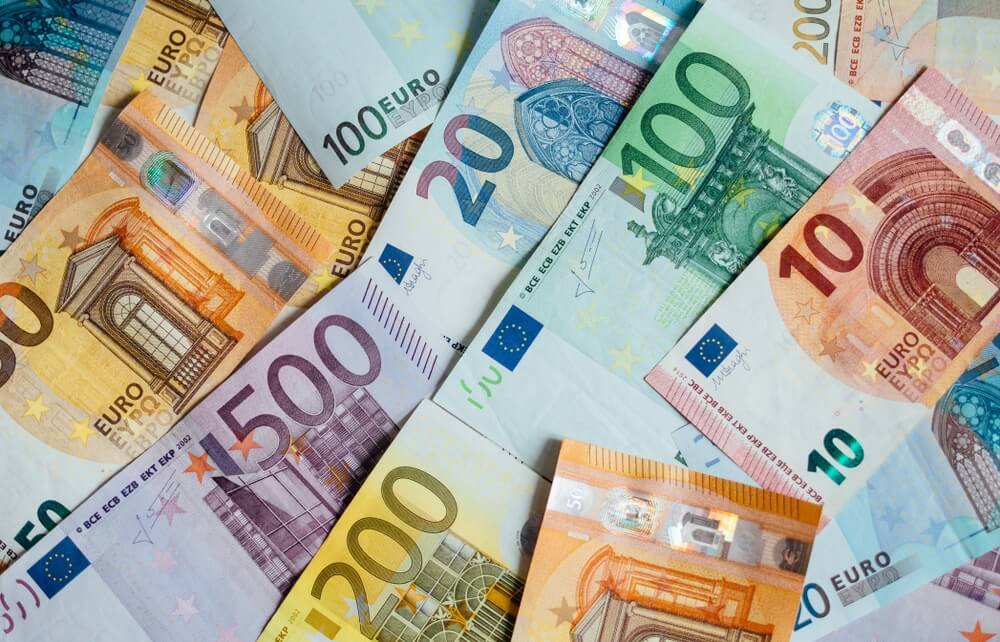
EUR/USD struggles for supremacy
The eurozone economy shrank less than estimated in the first quarter, revised Eurostat data showed on Tuesday. Gross domestic product fell -0.3 percent in the first quarter, after falling -0.6 percent in the fourth quarter. Previous data for the first quarter was revised by -0.6 percent. While on an annual basis, GDP fell by -1.3 percent compared to a decline of -4.7 percent in the previous quarter. And with the estimate of economists, which was -1.8 percent.
Expenditure analysis showed that household spending fell 2.3 percent quarter-on-quarter, while government spending remained unchanged in the first quarter. Gross fixed capital formation rose 0.2 percent.
Exports in the Eurozone increased by 1 percent and imports by 0.9 percent. Changes in inventories are growing 0.7 percentage points to GDP.
157.6 million people were employed in the first quarter in the eurozone; compared to the COVID-19 pandemic, the employment of people was 3.4 million in the eurozone, below the levels of the fourth quarter of 2019.
The key events in the eurozone and the parameters that will definitely affect this week are: the meetings of the ECB, the Asymmetric Economic Recovery in the region, Sustainability of growth in inflation figures, Progress in the introduction of the vaccine, Probably political hotspots around the EU Recovery Fund, German elections, The transition of investors to European shares.
The dollar index is trading above the key barrier of 90.00 amid growing caution ahead of the release of US inflation data on Thursday. If the sales momentum gets an additional pace, we could soon test the zone again at 90.00. The break below should open the door to a deeper retreat towards the May low near 89.50, and otherwise, with a stronger dollar, we hope to cross 91.00 so that we can escape further from the zone around 90.00.




